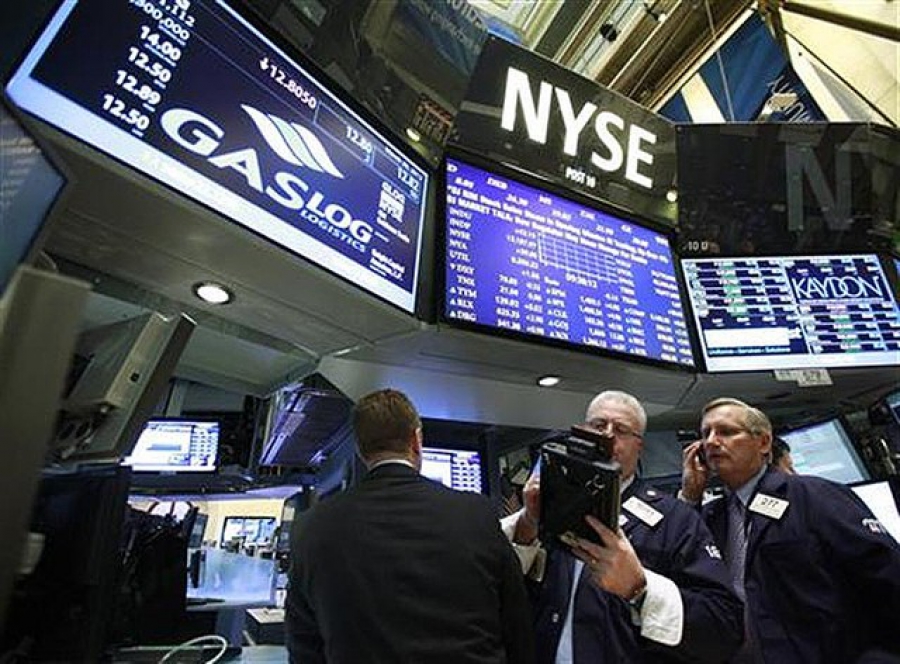On Wednesday, Shares of The Coca-Cola Company (NYSE:KO), lost -0.70% to $40.90.
The Coca-Cola Company, stated second quarter 2015 operating results. “Our second quarter results were in line with our expectations and mark continued progress toward restoring momentum in our global business,” said Muhtar Kent, Chairman and Chief Executive Officer of The Coca-Cola Company. “We are executing against our planned initiatives and remain focused on driving efficiencies through productivity and making disciplined investment decisions to accelerate growth. While there is more work to do, we remain confident that we have the right plans in place and are committed to leveraging our superior brand portfolio together with our unparalleled global distribution system to continue creating long-term shareowner value.”
The Coca-Cola Company, a beverage company, manufactures and distributes various nonalcoholic beverages worldwide. The company primarily offers sparkling beverages and still beverages. Its sparkling beverages comprise nonalcoholic ready-to-drink beverages with carbonation, such as carbonated energy drinks, and carbonated waters and flavored waters.
Shares of Check Point Software Technologies Ltd. (NASDAQ:CHKP), inclined 6.97% to $84.23, during its last trading session.
Check Point Software Technologies, declared its financial results for the second quarter ended June 30, 2015.
- Total Revenue: $395 million, representing a 9 percent enhance year over year
- Non-GAAP Operating Income: $221 million, representing a 7 percent enhance year over year
- Non-GAAP EPS: $0.99, representing an 11 percent enhance year over year
- Deferred Revenues: $780 million, representing an 18 percent enhance year over year
Check Point Software Technologies Ltd. develops, markets, and supports a range of software, combined hardware, and software products and services for information technology (IT) security worldwide.
Finally, Lockheed Martin Corporation (NYSE:LMT), ended its last trade with -0.18% loss, and closed at $202.79.
Lockheed Martin Corporation successfully integrated and flight tested seven Open Mission Systems (OMS) payloads in a span of less than three months into a U-2 Dragon Lady, marking the corporation’s sixth demonstration flight in support of the U.S. Air Force’s OMS vision.
This demonstration focused on communications relay capabilities, dynamic weapon retargeting and methodology. Multiple radios and associated waveforms were integrated with the U-2, which served as a communications gateway between an F-22, F-18s and a Long Range Anti-Ship Missile (LRASM) surrogate platform. Furthermore, fifth and fourth generation fighter data and U-2 onboard Intelligence, Surveillance and Reconnaissance and Electronic Warfare systems data were relayed to both a Rover ground terminal and the Common Mission Control Center, allowing the LRASM surrogate to be dynamically retargeted in midflight.
Additionally, the U.S. Air Force’s 76th Software Maintenance Group developed and flight tested a software application designed to operate in the Skunk Works® mission administration software suite.
Lockheed Martin Corporation, a security and aerospace company, engages in the research, design, development, manufacture, integration, and sustainment of technology systems, products, and services. It also provides administration, engineering, technical, scientific, logistics, and information services.
DISCLAIMER:
This article is published by www.wsnewspublishers.com. The Content included in this article is just for informational purposes only. All information used in this article is believed to be from reliable sources, but we make no representations or warranties of any kind, express or implied, about the completeness, accuracy, or reliability with respect to this article.
All visitors are advised to conduct their own independent research into individual stocks before making a purchase decision.
Information contained in this article contains forward-looking information within the meaning of Section 27A of the Securities Act of 1933 and Section 21E of the Securities Exchange Act of 1934, counting statements regarding the predictable continual growth of the market for the corporation’s products, the corporation’s ability to fund its capital requirement in the near term and in the long term; pricing pressures; etc.
Any statements that express or involve discussions with respect to predictions, expectations, beliefs, plans, projections, objectives, aims, assumptions, or future events or performance may be forward looking statements. Forward-looking statements are based on expectations, estimates, and projections at the time the statements are made that involve a number of risks and uncertainties, which could cause actual results or events to differ materially from those presently anticipated. Forward looking statements may be identified with such words as expects, will, anticipates, estimates, believes, or by statements indicating certain actions may, could, should/might occur.



